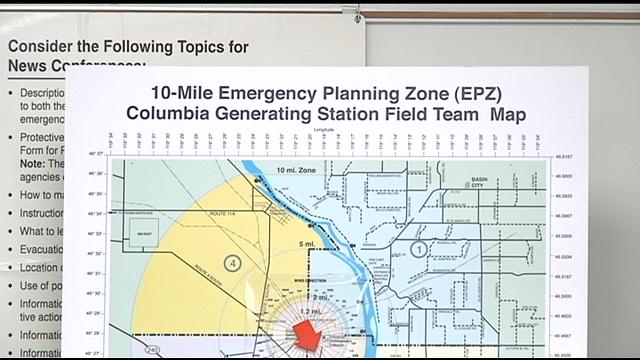forum
library
tutorial
contact

Idaho Groundwater Users Leery
of Solar Power Development
by John O'Connell
Capital Press, June 14, 2017
|
the film forum library tutorial contact |

|
Idaho Groundwater Users Leery
by John O'Connell
|
Idaho has experienced rapid growth in solar power in recent months, which some irrigators fear could increase their power rates.
 TWIN FALLS, Idaho -- An organization representing Idaho groundwater irrigators is concerned about electricity rates being driven up by the rapid recent growth in solar energy throughout the state.
TWIN FALLS, Idaho -- An organization representing Idaho groundwater irrigators is concerned about electricity rates being driven up by the rapid recent growth in solar energy throughout the state.
Officials with Idaho Ground Water Appropriators, Inc., serve on three different Idaho Power advisory committees to encourage the company to provide "reliable power at a fair price." Electricity is a major expense for farmers who pump water from Idaho wells, and are responsible for 25 to 30 percent of the power company's summer demand.
Rather than making costly upgrades to its coal-power plants to meet federal clean air requirements, Idaho Power plans to phase out two of its projects early -- beginning in 2019, with a unit at the Valmy plant it co-owns with Nevada Energy. But the power company is forced by federal law to buy qualifying clean energy from projects that supply solar or wind power.
The company's annual report for 2016 estimated the cost of clean power it was required to purchase under the federal Public Utility Regulatory Policies Act at $66.41 per megawatt, compared with $42.04 for other purchased power.
For a select few farmers who sell or lease their land for wind or solar development, alternative energy can provide a financial boon. The remainder are simply stuck with higher power bills, Lynn Tominaga, IGWA executive director, said.
"We are concerned about the solar growth trend," Tominaga said. "The more solar you put on, the more cost is pushed onto the other rate payers."
According to a report by the Solar Energy Industries Association, solar power represents 1.4 percent of the nation's power portfolio and is expected to grow to 4 percent by 2020, before the federal Solar Investment Tax Credit is reduced from 30 percent to 10 percent in 2021. The report shows Idaho's solar growth, at 132 new megawatts, ranked fifth among states in the first quarter of 2017 and represented a 60 percent increase in the state's solar capacity. Since the start of 2016, Idaho passed 22 states to become the 17th largest solar production state.
Tess Park, Idaho Power's vice president of power supply, explained a challenge with solar and wind power is that it isn't reliable when the sun isn't shining or the wind isn't blowing, and the company must have backup generation capacity in place. To help address that challenge the company plans to join with several Western power companies to pool resources through the Energy Imbalance Market. The market, run by California Independent System Operators, allows participants to purchase the lowest-cost power on their combined systems and dispatch it where it's needed every hour. Idaho Power plans to go live on the market in April 2018. PacifiCorps is also a participant.
"We may have a gas plant that's not fully dispatched," Park explained. "With this market we may not have to have that plant dispatched because we could get (power) from the market, if it was less expensive."
She said Idaho Power's conservative estimate is that the market will save customers more than $1 million annually, once costs of new software and metering are recovered.
"Rather than an either-or approach to power generation, states are building integrated systems where sun and wind provide power when the resource is available, and other sources, primarily natural gas, are meeting any additional demand," said Dan Whitten, a Solar Energy Industries Association spokesman.
learn more on topics covered in the film
see the video
read the script
learn the songs
discussion forum
